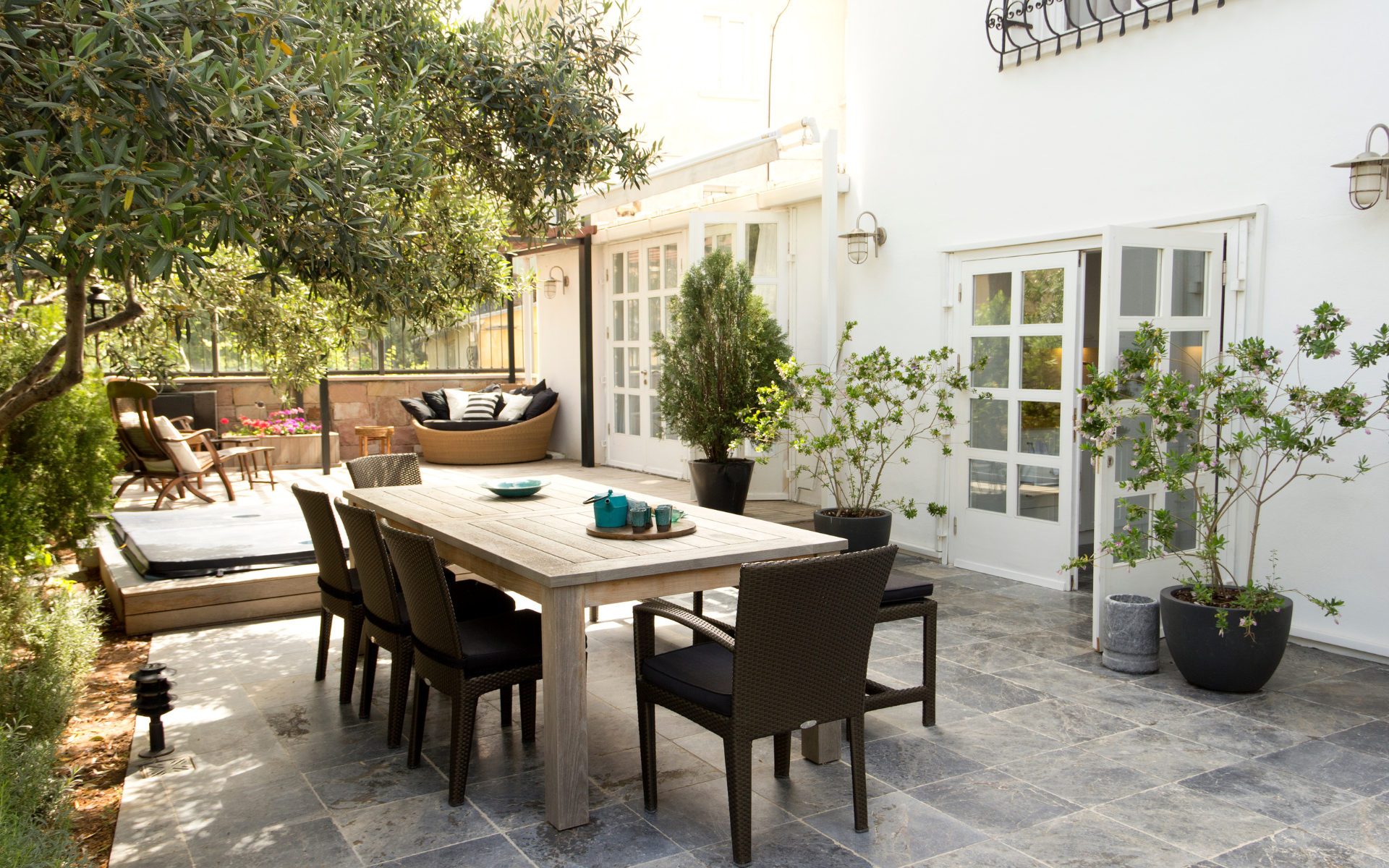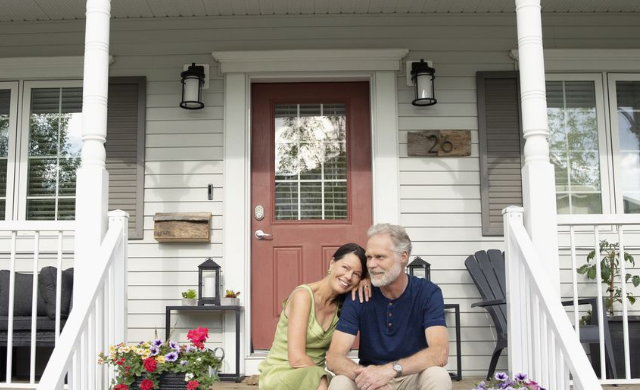The State of Multigenerational Living in 2025
Imagine a home where grandparents help with school drop-off, kids share Sunday dinners with their cousins, and mortgage payments are a little easier to manage because three generations are sharing the load. What once felt like a nostalgic throwback is now one of the fastest-growing trends in U.S. housing: multigenerational living. In 2025, nearly 1 in 4 Americans live in a home with multiple adult generations, driven by rising housing costs, childcare and eldercare needs, and a desire for deeper family connection. But while the benefits are big, so are the logistics. If you’re considering this kind of living arrangement, the right home makes all the difference.
Here’s a look at the latest stats, plus what to look for if you’re searching for a multigenerational home—or thinking of adapting the one you’re in.
The Rise of Multigenerational Living
Recent data shows that over 66 million adults live in homes that include multiple adult generations. Since 2011, the number of three-generation households has increased by a staggering 271%. While financial pressures continue to play a key role—like high home prices, interest rates, and caregiving costs—many families are choosing to live together out of a desire for mutual support and connection.
- 66% say finances played a major role in their decision.
- 34% cite caregiving needs for a child, aging parent, or both.
- 21% of Gen X buyers are purchasing multigenerational homes—the largest percentage of any group.
What to Look for in a Multigenerational Home
Choosing the right home is essential for making multigenerational living comfortable and sustainable. Here’s what to prioritize:
1. Separate Living Spaces
Privacy is key. Look for:
- In-law suites or finished basements with separate entrances
- Bedrooms with en-suite baths
- Detached units like casitas or garage apartments
2. Multiple Kitchens or Kitchenettes
Having more than one food prep area can dramatically reduce friction—especially during busy mornings or large family gatherings.
3. Accessibility and Universal Design
To accommodate aging parents or prepare for long-term use, prioritize:
- Main-floor bedrooms and bathrooms
- Wide doorways and hallways
- No-step entries and lever-style handles
4. Flexible Layouts
Homes that offer multipurpose rooms (office/bedroom/playroom) can evolve with your family’s needs.
5. Shared Common Areas
Large kitchens, open family rooms, and outdoor patios or porches support connection and shared time together. As of 2025, 86% of buyers want outdoor living space, and 64% of new homes include patios.

6. Noise Control and Privacy Features
Soundproofing between floors, solid-core doors, and layout zones (quiet vs. active areas) help create boundaries and reduce stress.
7. Storage Galore
More people = more stuff. Ample closets, garage storage, and attic space are crucial for keeping the home organized.
Living Together, Successfully
Buying the right home is only part of the equation. Successful multigenerational households also plan ahead for lifestyle logistics:
- Set expectations early—on everything from chores to bills to guest policies.
- Design shared calendars to track doctor appointments, kids’ activities, and meals.
- Discuss caregiving plans before they become urgent.
- Trial periods can help families test what works before making a permanent move.
Ready to Make the Move?
Whether you’re building a new home with extended family in mind or adapting your current one, multigenerational living can provide financial, emotional, and practical rewards. The key is finding (or designing) a space that meets everyone’s needs—now and in the future.
Thinking about going multigen? We’d love to help you find the right fit. Reach out to The Dawn Griffin Group to explore listings designed for every generation under one roof.




